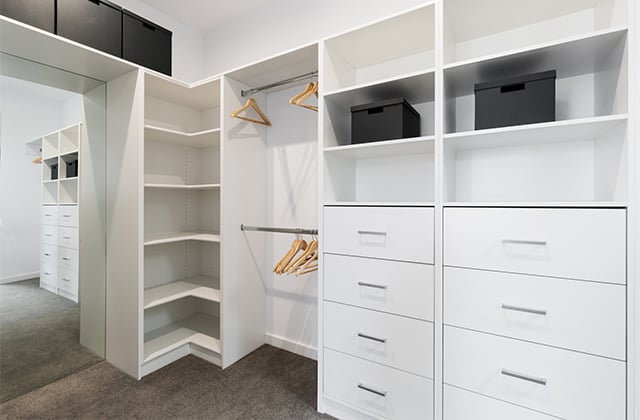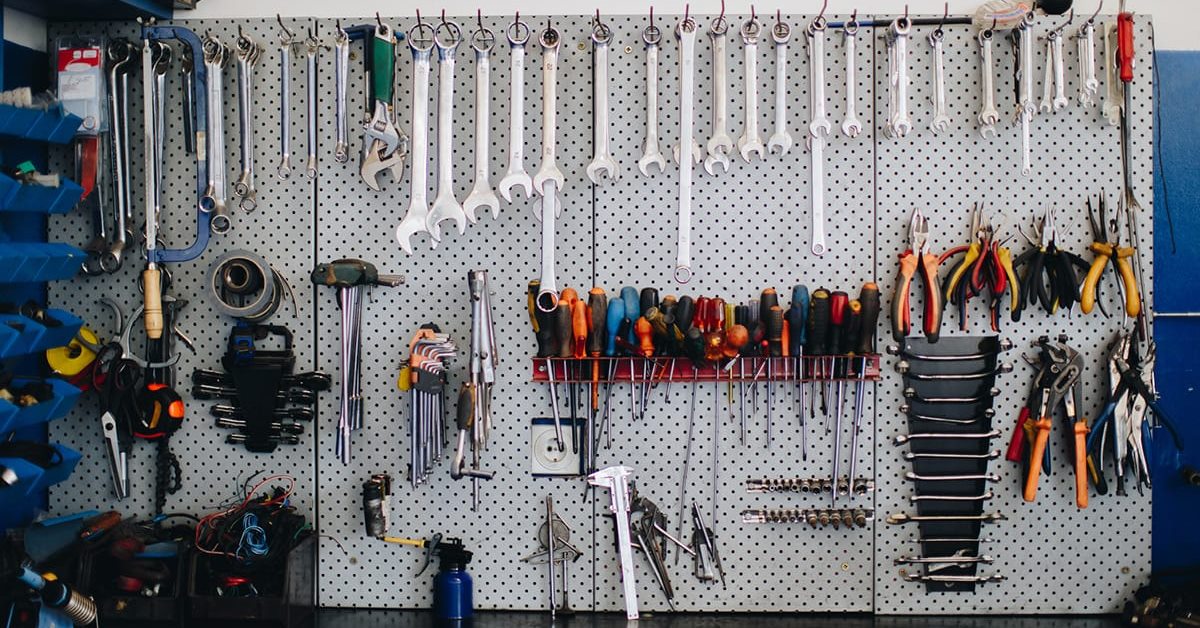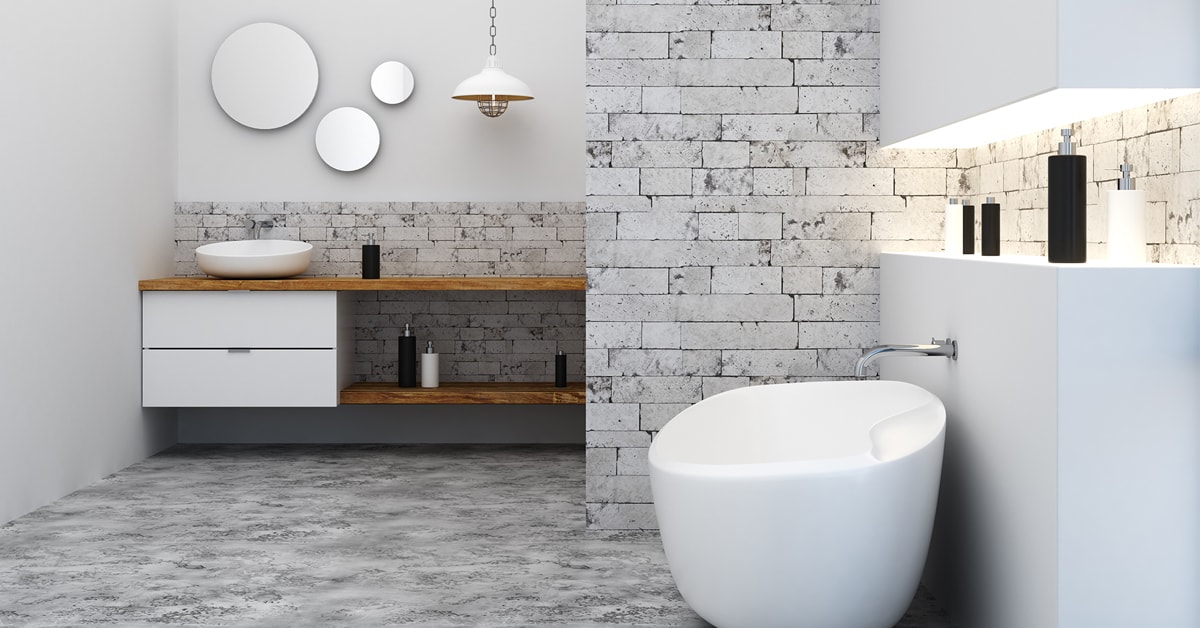Planning for better storage
- Get rid of unused items
Messiness is generally the result of an accumulation of new items crowding a collection of old items; discard all unused, obsolete and old items in your closet.
- Measure the available space
Measure and make a note of the size of each closet in the house: width, height, depth and the space taken up by shelves and doors. These measurements will help you decide how you can make the best use of each closet.
- Allow for easy access
Inaccessible storage is akin to throwing an item away: out of sight, out of mind! So ask yourself this question: “How often am I really going to use this item?” As much as possible, items should be stored close to where they are going to be used.
- Identify your needs
Make a list of everything you want to put away in a particular closet. If possible, store out-of-season articles somewhere else. List what should ideally be stored in each closet of the house.
- Calculate the space needed
To determine the space you need, sort items into categories. Then, next to each item make a note of its approximate size; this will give you a good idea of the space required. Bulky items may be stored elsewhere, such as the entrance or kitchen closet. Remember to allow for 5 cm between pieces of clothing; lack of space and ventilation can lead to stuffy smells and unwanted creases.
- Choose a storage system
If you don’t like how your storage space is organized, you probably won’t end up using it to put things away. There are different ways to store an item (hanger, basket, shelf), and your choices should reflect your personal preferences. Of course, take into account the item’s size, closet doors, etc.
- Make a drawing
Use grid paper to make a scale drawing of the closet design you’ve chosen and how you plan to organize it.


















